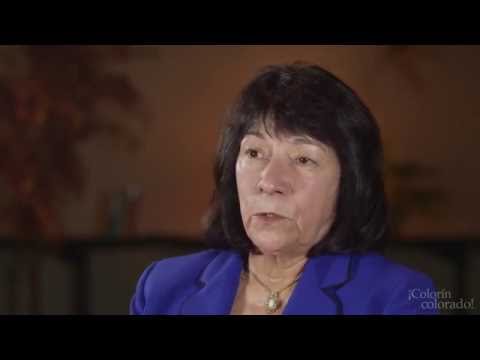RTI for Dually-Identified Students

Response to Intervention has become widespread in schools throughout the country, and it can provide an effective model for addressing student needs when implemented effectively. Learn more about what successful RTI looks like for English language learners (ELLs), particularly those with special education needs, from the following resources.
Featured Articles
- Helping English Language Learners Succeed with a Multi-tiered System of Support (MTSS)
- ESOL and Special Education Collaboration: A Teacher's Perspective
- Asking the Right Questions: RTI and ELLs
- Using RTI Effectively with English Language Learners
- RTI and ELLs: A System of Support to Ensure Success
Related Video
Books and Booklists
Research and Reports
Recommended Resources
Articles and guides
- Considerations for Including English Language Learners in a Response to Intervention System (Impact: University of Minnesota, 2013)
- English Learners & RTI: Resource Collection (Center on Response to Intervention)
- Response to Instruction & Intervention (RtI²) for English Language Learners Framework (WIDA)
Videos: Differentiation 101
See more differentiation videos in this series from Larry Ferlazzo and Katie Hull Sypnieski:
- How to Differentiate Instruction (Without Losing Your Mind) (Education Week)
- Differentiating Instruction: It's Not as Hard as You Think (Education Week)
Videos: Response to Intervention With English Language Learners
The RTI Action Network offers instructional video and audio content to highlight some of the important issues related to realizing the potential of RTI. In the first of three new videos, Dr. Janette Klingner offers suggestions across tiers on how to implement RTI with respect to English Language Learners (ELLs), with a special emphasis on enhancing the quality of core instruction. Additional videos address considerations for educators working with ELLS and cultural and linguistic diversity among ELLs.
Acknowledgements
This resource section was made possible through our partnership with the National Education Association. Additional support was provided by the American Federation of Teachers.












